- Learning time
- 60 minutes
- First play time
- 150 minutes
Hallertau
Designed by: Uwe Rosenberg
Hallertau, Bavaria, is famous for it’s hop-growing and has been for well over 150 years. But in Hallertau the game, you go back to the start of it all: 1850, taking on the role of village chiefs latching on to the new hop-growing developments and furthering the wealth of your region in return.
The game takes place over six rounds, and your goal is to score the most points. Broadly speaking, you do this by increasing the prosperity of your community centre – literally moving it along a board and in doing so, increasing not just the prospect of points, but also how many workers you get to allocate each round. You start the first round with six such workers, and – as in the designer’s other games such as Agricola – simply send them out to certain locations to do certain jobs. They might dig fields, plant crops, go to the market, slaughter a sheep, shear a sheep, and so on. Each of these actions bring you some kind of reward to your farm, which is in front of you. You begin with three fields on your farm, but can increase this number up to a potential eight. But the productivity of these fields when harvested varies, from underwhelming (1 crop) to abundant (five crops!) so the timing of when and where you plant is important.
What are you doing with all these harvested goods? Well, in order to shuffle your community centre along the track and get those precious workers and points, you first need to push the smaller buildings (the bakehouse, the cooling house etc) out of the way first. Each of them demands certain goods – crops, meat, milk etc – to be paid to them before they can move along: representing, one could say, their individual progress to happen before the wider community can develop as well. It’s possible – indeed, desirable – to push them further along than a single space, but explaining how would probably make this overview a little text-heavy. Plus, we’ve not explained the cards yet.
You begin with a hand of cards and there are a number of ways you’ll be collecting more during the game. Playing a card is simple – you simply need to either have (or possibly pay) the criteria on the top half of the card to receive the bounty on the bottom. For instance; if you have seven hops, you can dig a field for free. Or if you have all empty fields, you may plant in one of them at no cost. Although an additional thing to think about, the cards actually do an excellent job of helping understand the game, because they help give you a direction to push in and a reward for doing so. Many cards reward more cards, and a considerable amount also score points!
As Hallertau’s six rounds go by, then, you’ll be starting each of them with more workers, more cards, and more power to your elbow in terms of achieving your goals – there’s a bell-curve of rewards here meaning even the most strategically-bereft player can feel the love of the game as their bounty increases and their fields fill up with wonderful stuff. When the final round is done and dusted, players tot up their points, and player who has brewed the most of ’em is the winner.
The guru's verdict
-
Take That!
Take That!
Very little. The only places you can be frustrated by opponents is sending your workers out, when the cheap spots of a location have been taken. Or worse, all spots!
-
Fidget Factor!
Fidget Factor!
High on a first play, dropping to a more leisurely moderate. But even on that first play, you'll be scheming when it's not your turn.
-
Brain Burn!
Brain Burn!
Like all Rosenberg's farming games, the challenge is not so much to be the best farmer as the shrewdest engineer: combining your cards with your workers to bring the most bountiful rewards.
-
Again Again!
Again Again!
As if the options of the board weren't enough! The plentiful cards will change from game to game, so although the thrust of the experience will be similar, the nuances can vary a huge amount.

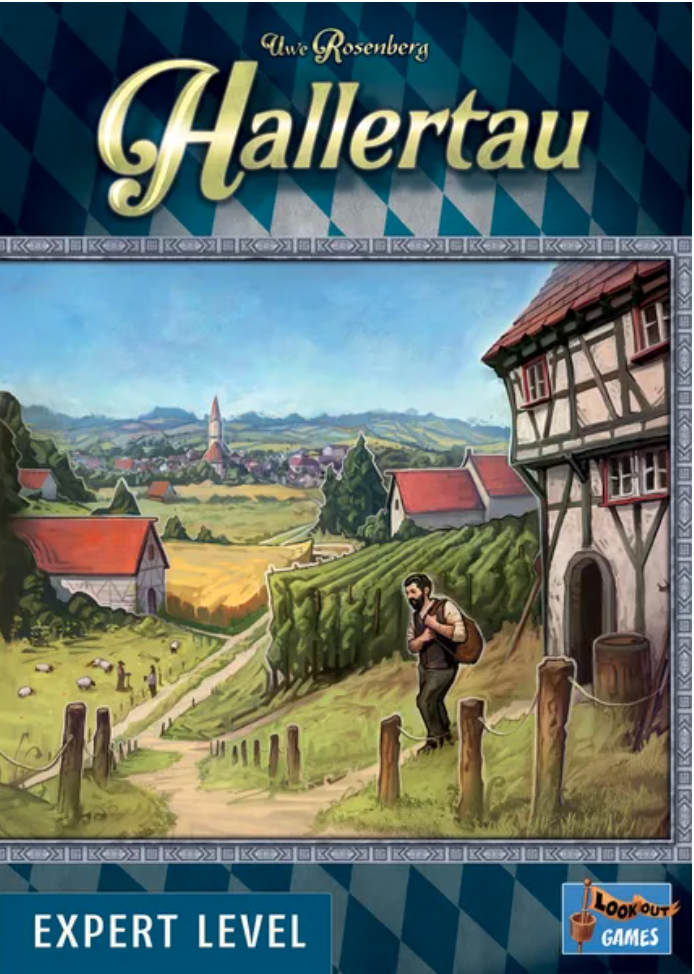
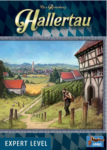
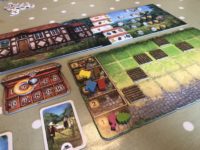
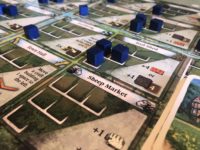
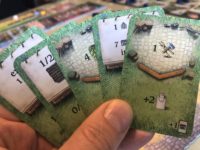

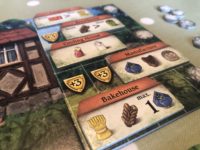


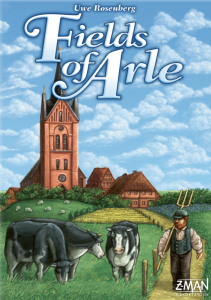
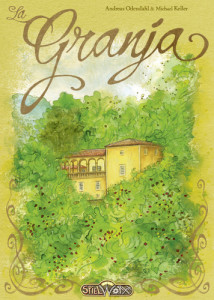
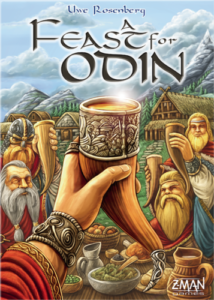
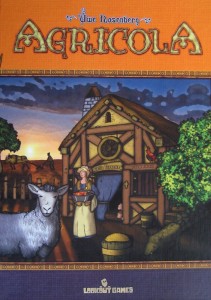
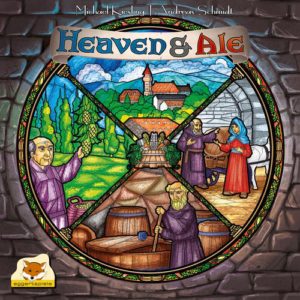
Sam says
We've not explained everything here, even in broad terms - there are ways to spend more than one worker at a time, and rocks to be moved, using tools, along with a few other idiosyncrasies that emerge during play - although hopefully enough to give a sketchy picture. Designer Uwe Rosenberg has made something of a niche for himself with these farming-themed games; starting with Agricola and expanding with Caverna, Fields of Arle, and perhaps the mother of them all in terms of scope, A Feast for Odin. Hallertau isn't as initially-overwhelming as that, but it's definitely an undertaking where Rosenberg is far more interested in the 'engine building' of connecting the cogs the game offers you than it is in narrative or player interaction. But whereas narrative and player interaction are two things I look for in games, I can't deny that Hallertau is extremely well-designed and extremely pleasurable to play.